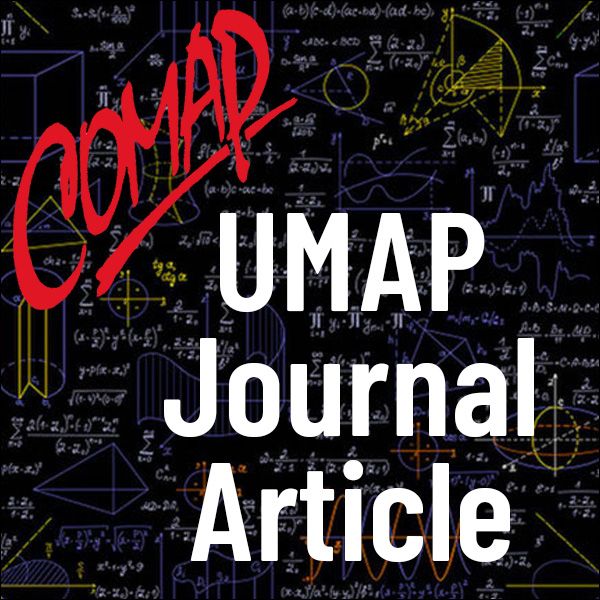Cutting Diagnostic Tests by Half
Author: Joe Marasco
Abstract
We propose a protocol for Bayesian Differential Diagnosis (BDD) that cuts the average number of diagnostic tests by half.
Introduction
In the television series House, the eponymous protagonist constantly demands that his protégés perform differential diagnoses. A patient presents with symptoms consistent with two different conditions, each susceptible to its own diagnostic test, and each with a different treatment. One of the two seems more likely, and Doctor House entertains discussion of tests to either confirm or refute the suspicion. The discussions are often heated, seemingly ad hoc, and more instinctive than analytic. Tension builds, because a required treatment for one disease would do harm if the patient has the other, and vice versa. These situations mirror real life, where cost issues further complicate matters.
People who know even a little about the Reverend Bayes will recognize that the team's debates encapsulate a simple form of his reasoning. Rather than "doing the math"-House argues that they should-they rely on their clinical experience to make important decisions. They employ an integrated and ingrained system of tradeoffs to get the right answer, which frequently is a decision to perform a test or not. Would it be possible in clinical practice to formalize this method and demystify a process that several observers have called arcane?
With a single candidate disease, Bayesian reasoning allows us to update a probability estimate by performing a diagnostic test. The challenge in differential diagnosis is to apply it when there are two competing alternatives, each with its own test. We provide a framework for Bayesian Differential Diagnosis (BDD) that has been reduced to practice, and hence made more available to clinicians. It also has an unexpected feature: The protocol predicts that, on average, only one test-not two-is required. Unlike the doctors in House, real-world doctors must be sensitive to the cost of diagnostic tests, so cutting their number by half is a significant result.
Although we offer a mathematical treatment of differential diagnosis using modern Bayesian techniques, we present no equations. The entire argument makes use of graphical figures and information presented in tabular form. Our only notational concession is the use of the signs for "greater than" (>) and "less than" (<). Our goal is to be quantitative and accessible.

Mathematics Topics:
Application Areas:
You must have a Full Membership to download this resource.
If you're already a member, login here.